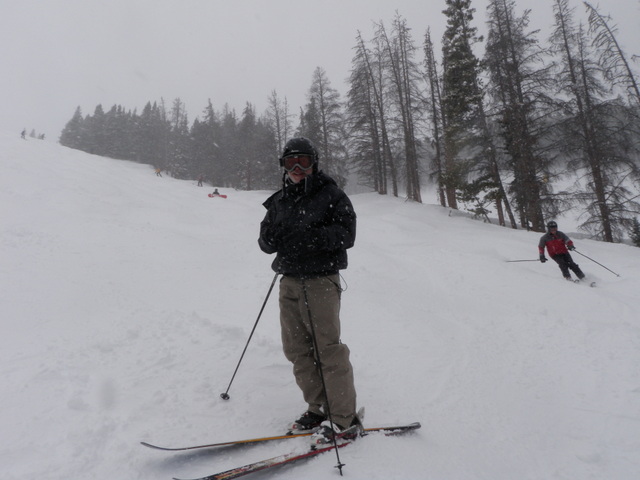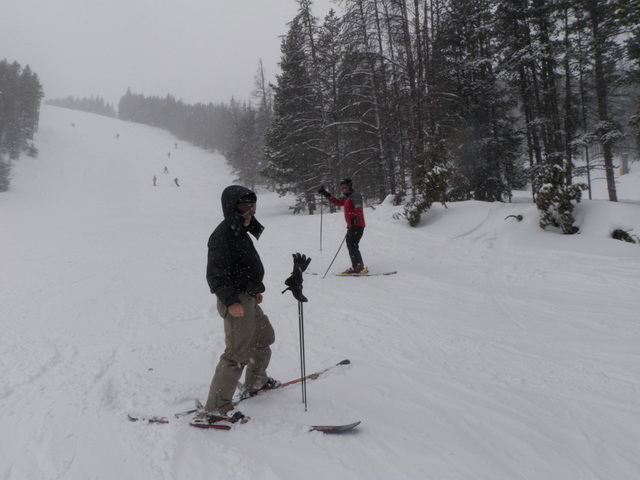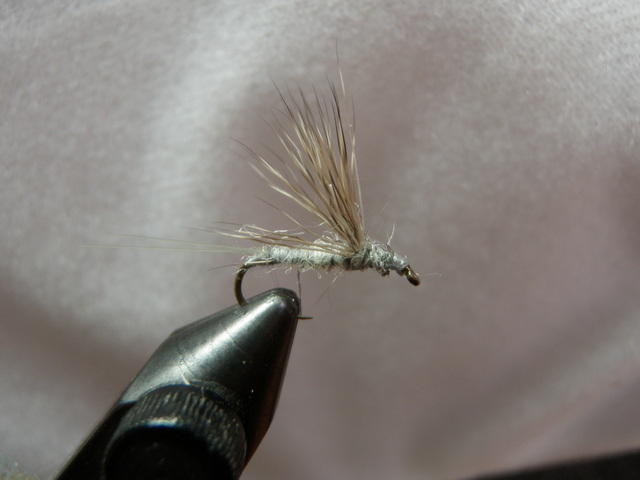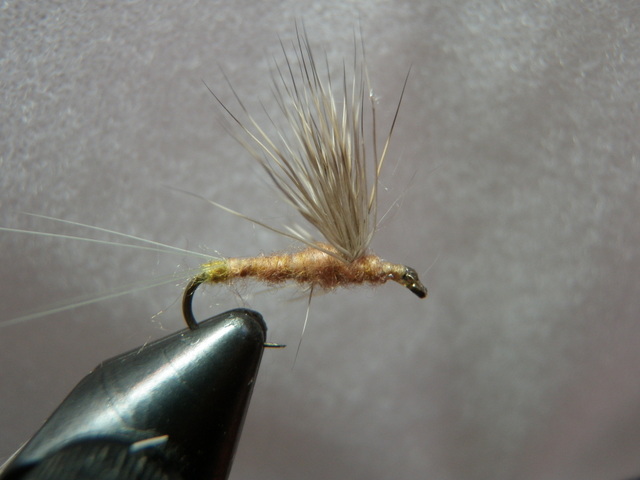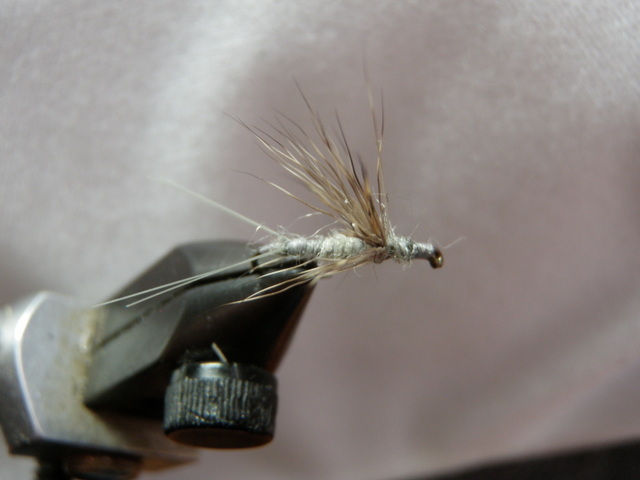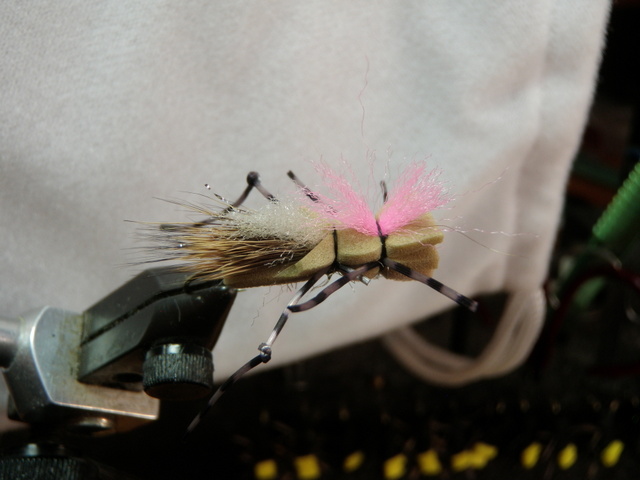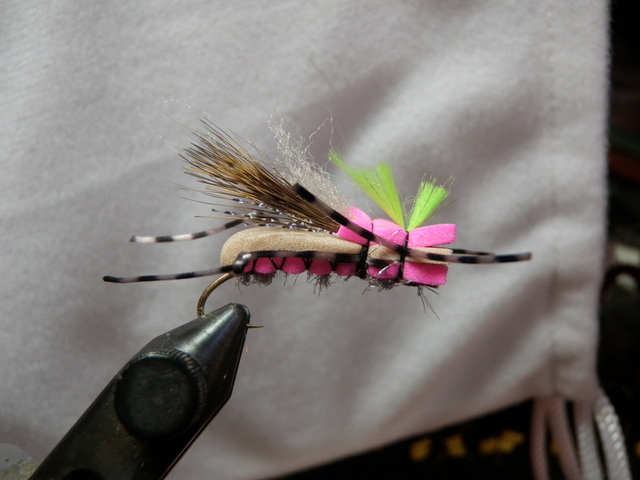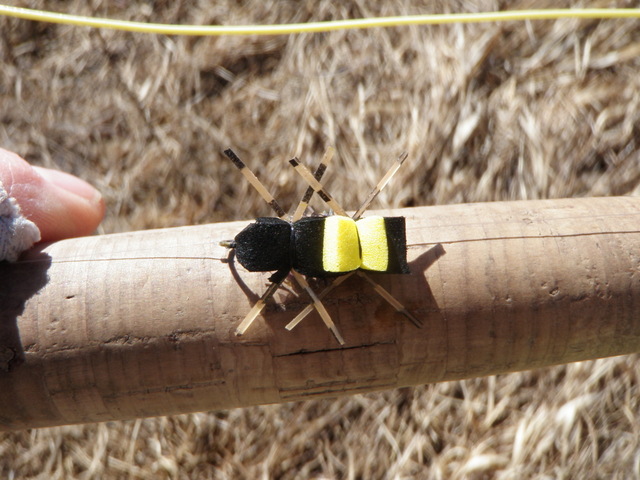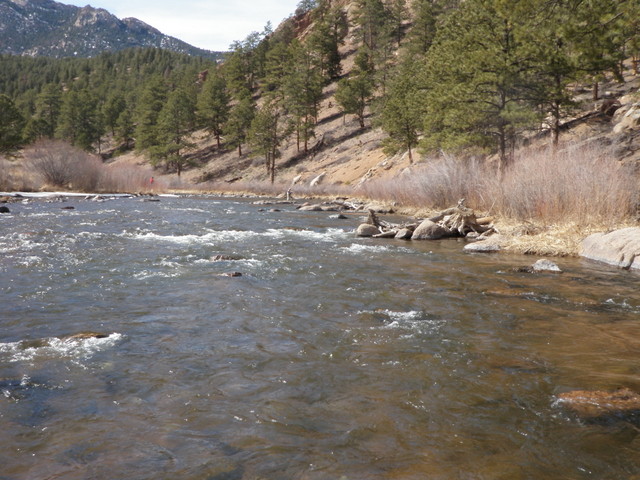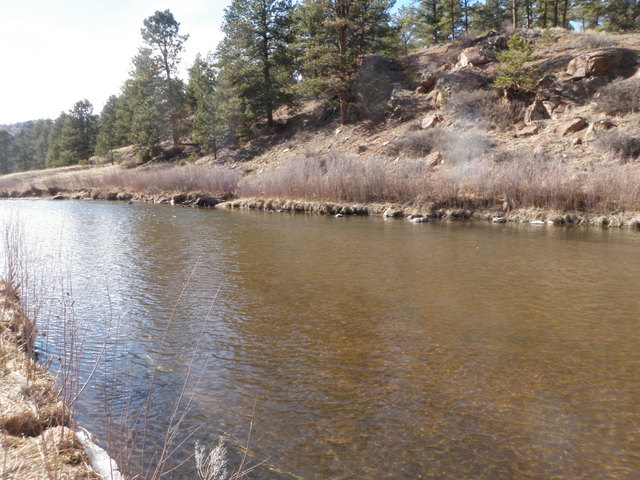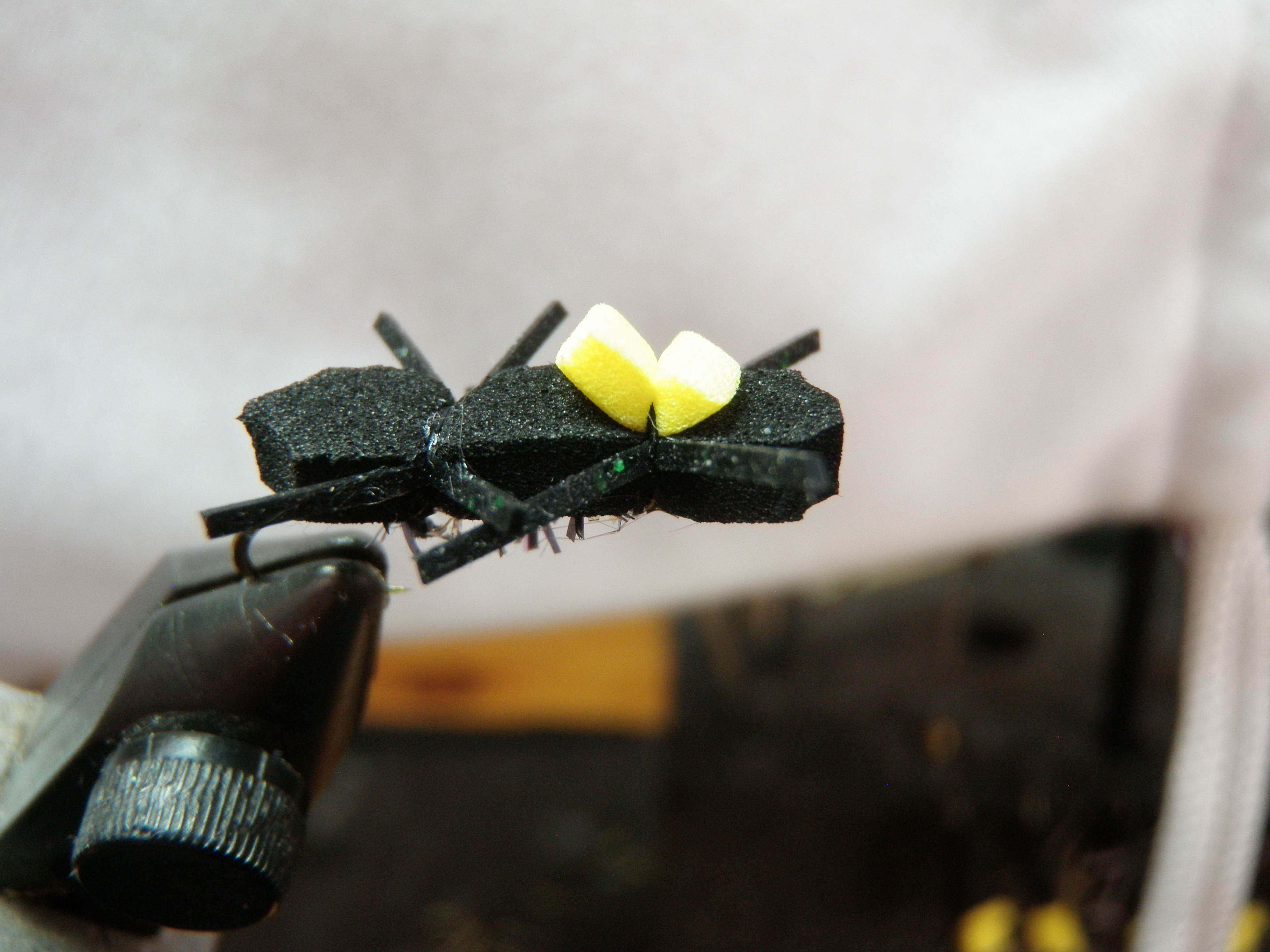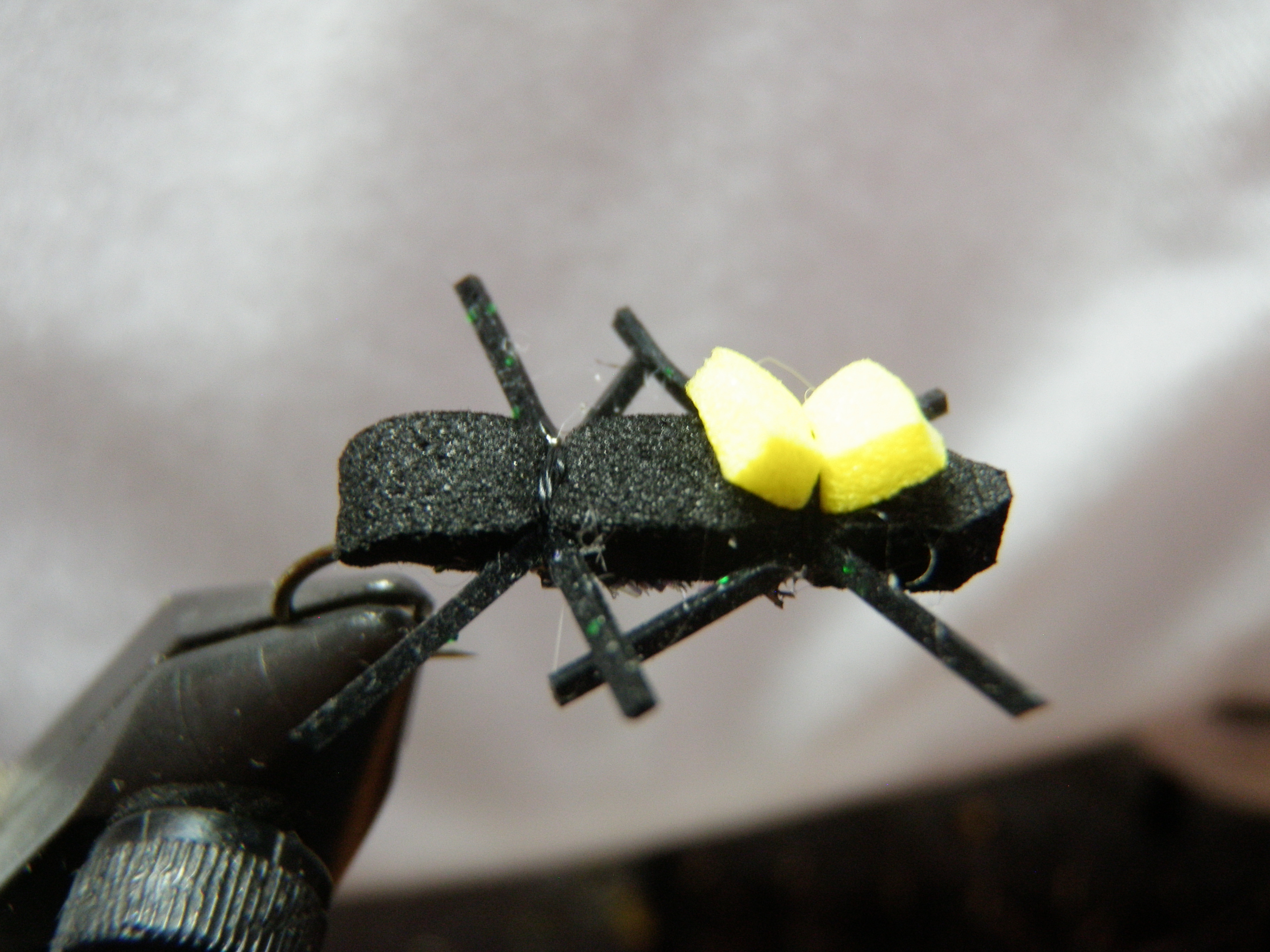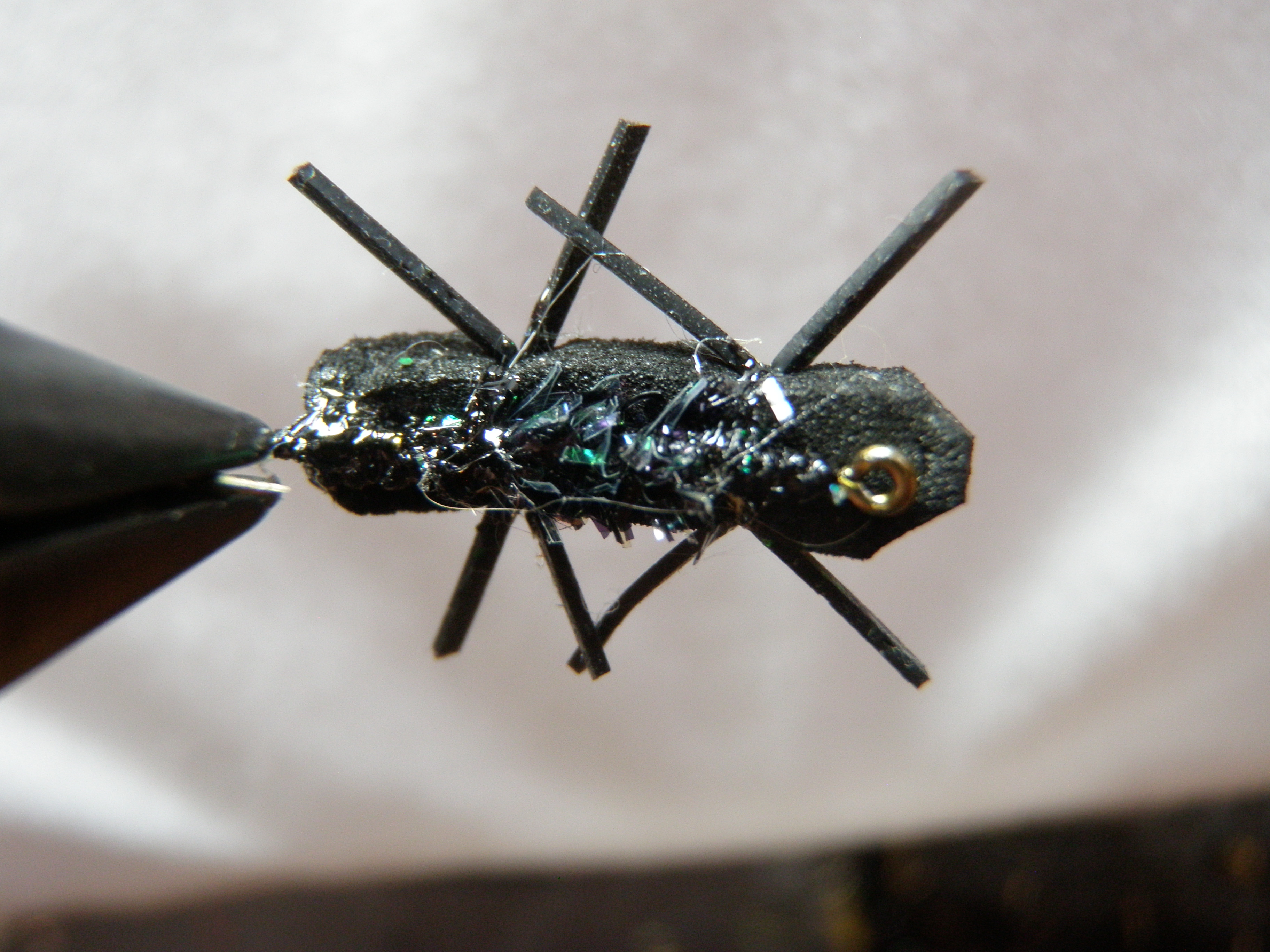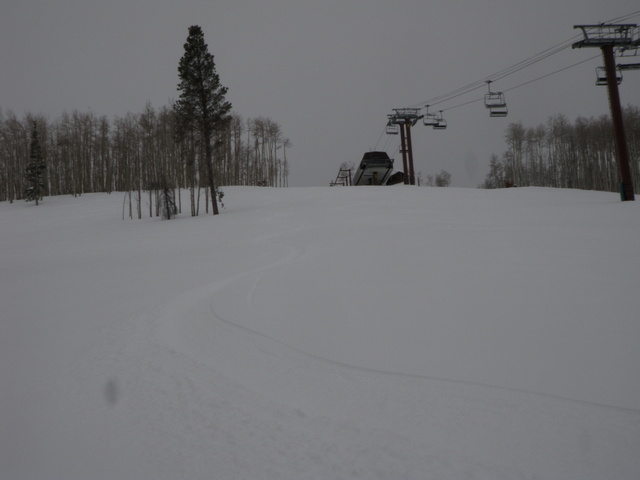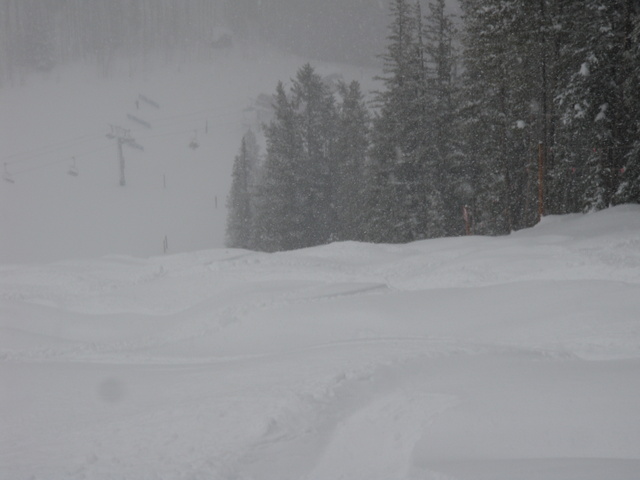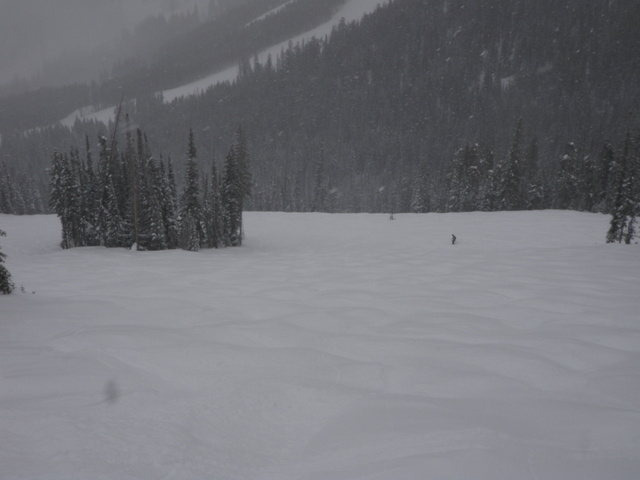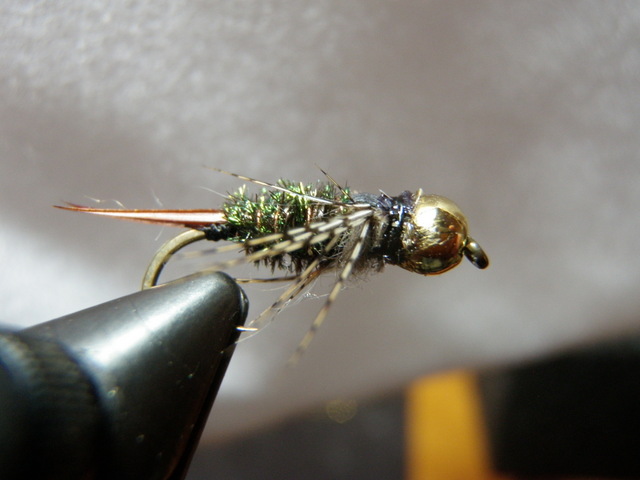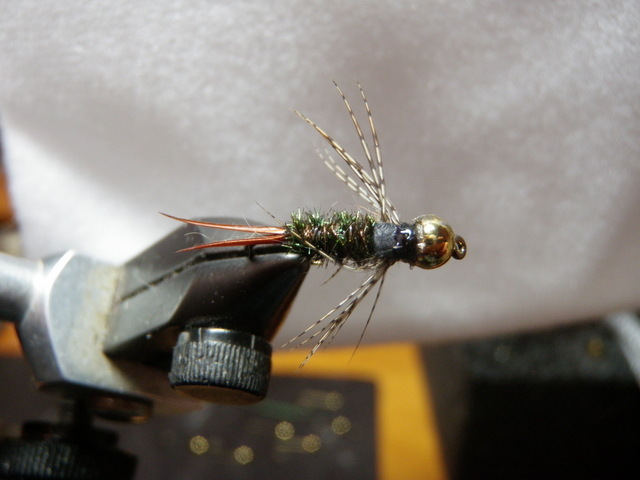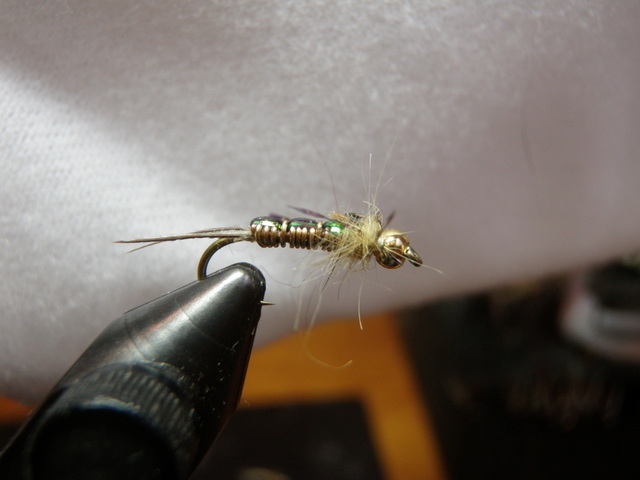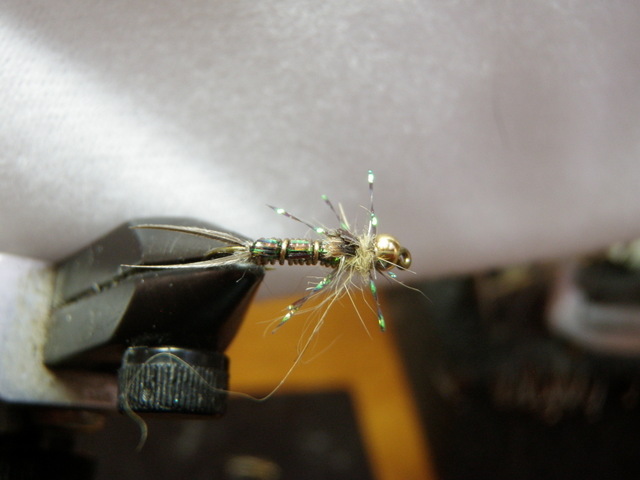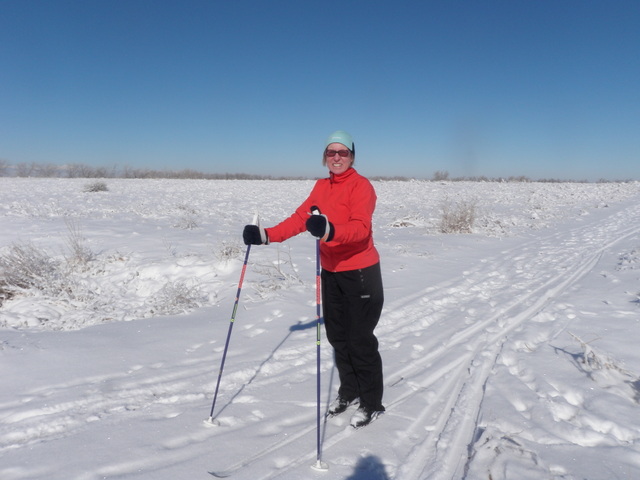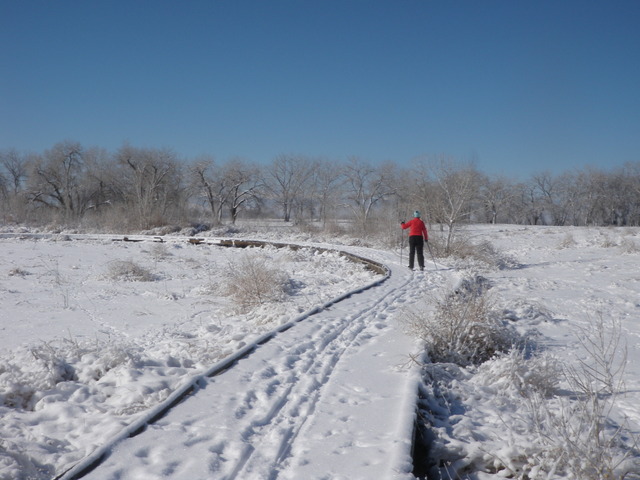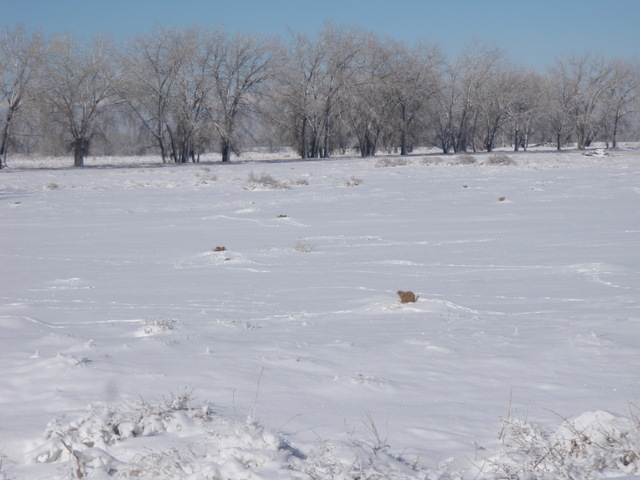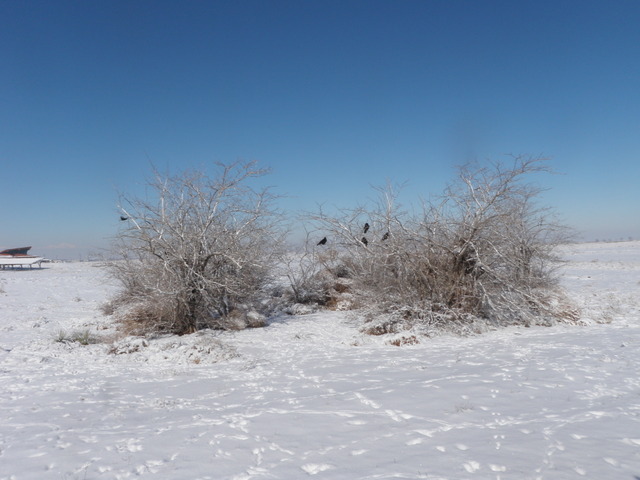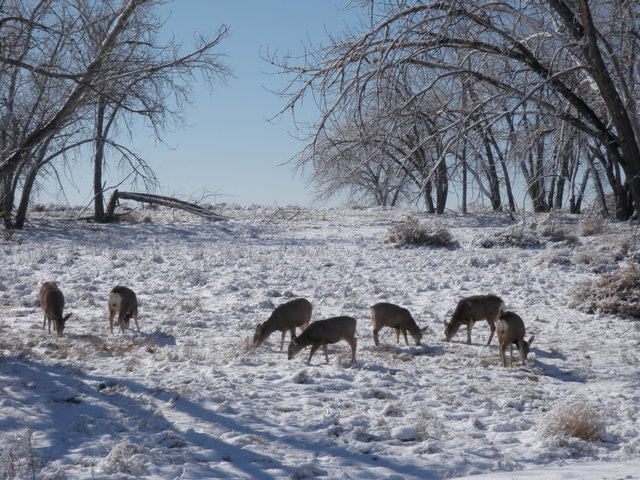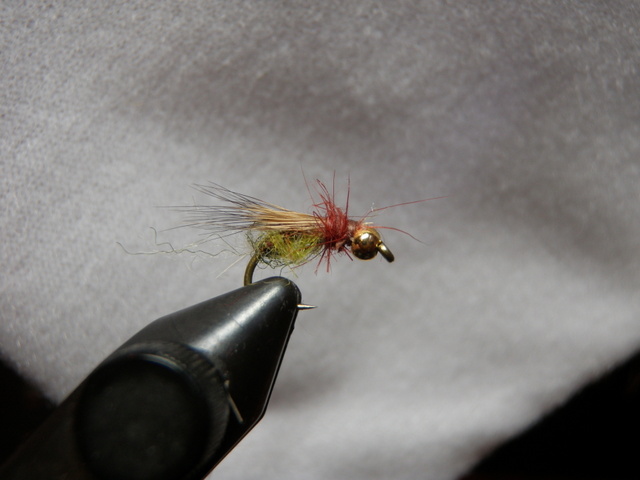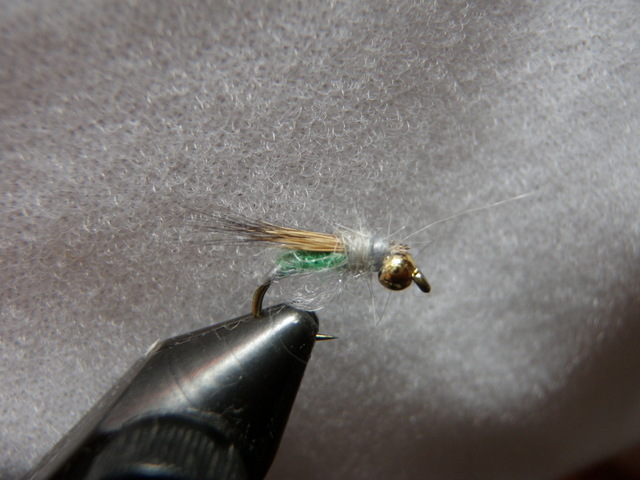Breckenridge 02/20/2014 Photo Album
It is hard to imagine that being at a ski area in Colorado on a weekday in February could be anything other than an outrageously fun experience, but I’m going to persuade you otherwise. After spending three great days on the slopes of Beaver Creek the previous week, I was excited to get back to the mountains to hopefully repeat the experience. My friend, John Broadbent, called to let me know he was in Denver the week of February 17, so we made plans to ski on Thursday February 20. Jane had tennis on Tuesday and Wednesday night, so Thursday was the only day when she could be included for a day of skiing.
Once we settled on Thursday as our day, I contacted Fred Young and David Gaige to see if they wished to join us. Fred replied almost immediately that he and his wife Douggie were in, and David Gaige replied a bit later that he and wife Karen would like to join as well. The plan was set. Jane and I would pick up John at his downtown condo and then drive to the Woolly Mammoth parking lot to meet Dave and Karen. We would car pool from there to Breckenridge and meet the Youngs at the Peak 8 base lodge at 9AM.
Unfortunately at the last minute an important project came up at work for Jane, so she was forced to withdraw from the weekday ski adventure, and she was rather upset about the sacrifice. Everything else, however, played out pretty much according to plan; and John, Dave, Karen and I arrived at the Peak 8 base by 9AM. Fred and Douggie called to say they were running late so we changed the meeting time to 9:30 and decided to take one warm up run from the Colorado chair.
The roundtrip of riding up the Colorado chair and then skiing down Springmeier proved to be one of the most challenging ski runs of my life. The air temperature was just above 0 and it was snowing lightly with 20 MPH winds whipping across the mountain. I had on my toe warmers and pulled my hood up over my helmet and turned my face away from the wind, but the small amount of exposed flesh on my face felt like it was being stabbed with a thousand pins. Meanwhile my hands were already aching and beginning to turn numb despite having liner gloves nested inside my mittens. As I skied downward I could feel cold air blowing through my coat, and it is rare that my core is cold.
Fortunately we arranged to meet the Youngs inside the lodge, and that gave me an excuse to use the bathroom and warm my hands under the hand dryer, and once I met up with the group again I borrowed some handwarmers from Dave Gaige. Meanwhile there was a huge line extending from the coffee bar and an equally long queue approaching the small ski shop in the corner of the lodge. I suspect Breckenridge did a brisk business in hand warmers, toe warmers, balaclavas, mittens and hats on the day.
I’d like to report that the conditions improved, but that was not the case. The wind and snow and cold continued unabated until around 2:30 in the afternoon. I somehow managed to make five or six runs before lunch, but as I strode into Vista Haus my feet felt like stumps despite the advantage of toe warmers inside my boots. After lunch we remained on Peak 8 and did another three or four runs before John and I agreed to head back into the lodge and warm up. We found a spot at one of the tables and warmed our bodies while waiting for the Gaiges and Youngs to get their fill of skiing in Arctic conditions.
The highlight of the entire day was stopping at The Lost Cajun in Frisco for an apres ski snack. One of our servers draped a necklace of beads around our necks to celebrate Mardi Gras, and then we enjoyed Louisiana beers, seafood gumbo, and tasty beignets for dessert. I could have spent my entire day in the restaurant and skipped the skiing.

